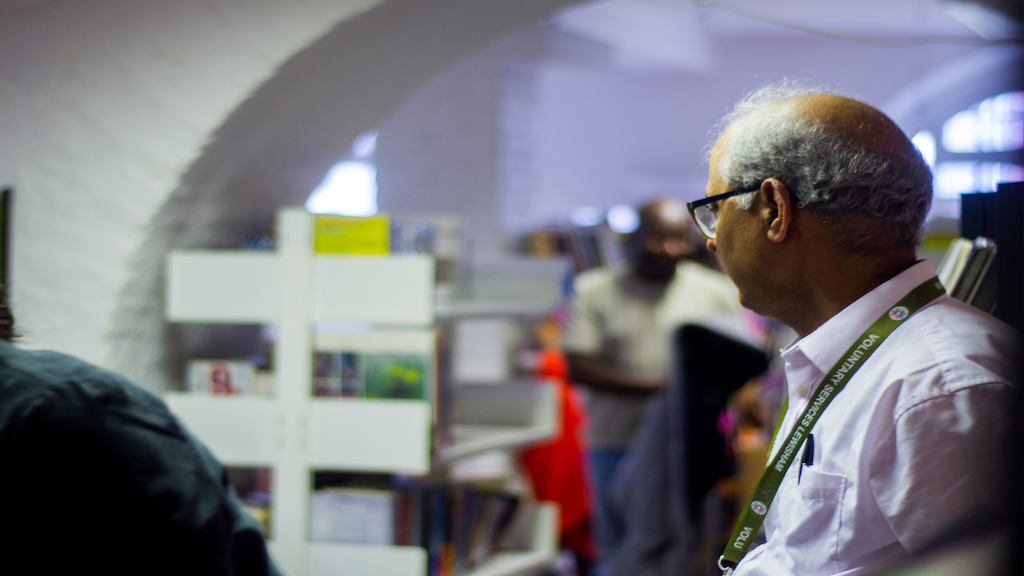I was struck by the number of ideas we generated, but also by how many volunteering initiatives have been started in the past but not sustained.
So, the questions now will be:
- How do we avoid reinventing the wheel?
- How do we make our recommendations stick?
- How do we change public attitudes and take a social marketing approach to creating a movement for volunteering across the life course?
- How do we get other organisations, including the public sector, to embrace volunteering with the same enthusiasm as the voluntary sector?
- And how do we get funders and commissioners to pay for the required infrastructure and recognise the added value of volunteers when charities are bidding for service contracts?
These are all big questions that still need more thought.
However, the reality of our ageing society, and the growing numbers living longer with multiple conditions, mean that we cannot shy away from grappling with them.

